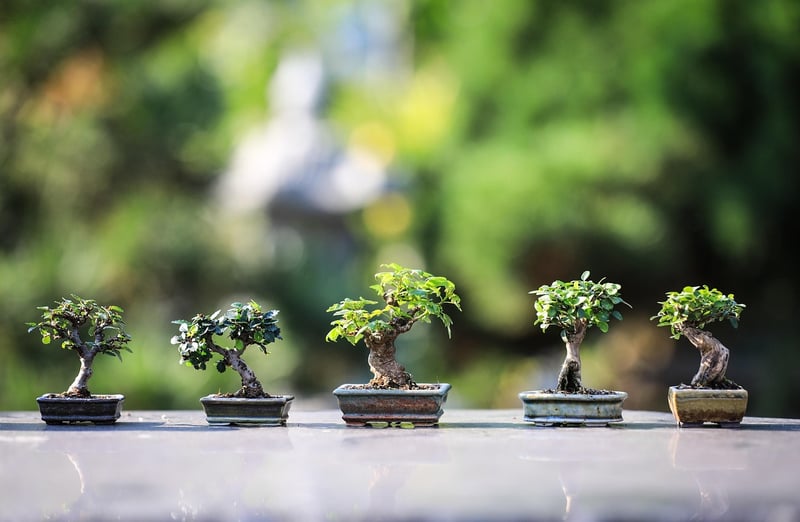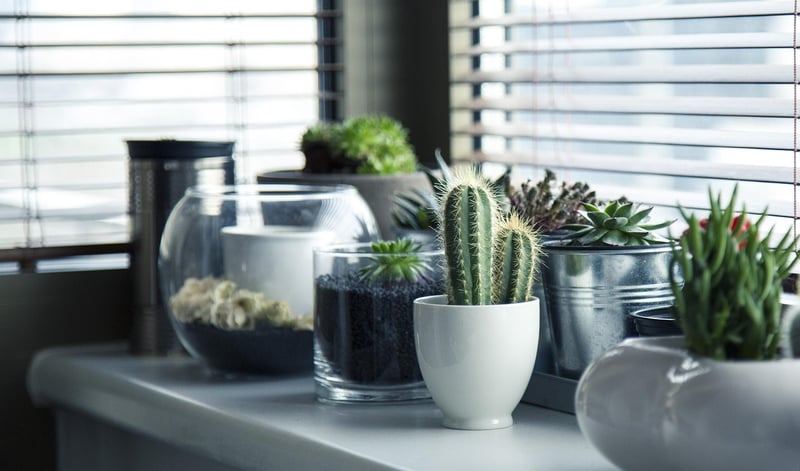Indoor Plants
Growing Healthy Indoor Plants: A Beginner's Guide
Welcome to the world of indoor gardening! Whether you're a novice plant parent or a seasoned green thumb, nurturing indoor plants can be a rewarding and fulfilling experience. To help you on your journey to growing healthy and thriving indoor plants, here are some essential tips and tricks to keep in mind:
Choose the Right Plants
Not all plants are created equal when it comes to indoor environments. Some plants thrive in low light conditions, while others require bright, indirect sunlight. Before purchasing a plant, consider the lighting conditions in your home and choose plants that are well-suited to thrive in that environment.
Provide Adequate Watering
One of the most common mistakes in indoor plant care is overwatering. Different plants have different watering needs, so it's essential to research each plant's specific requirements. As a general rule, allow the soil to dry out between waterings to prevent root rot.
Ensure Proper Drainage
Proper drainage is crucial for the health of your indoor plants. Ensure that your pots have drainage holes to prevent water from accumulating at the bottom, which can lead to root rot. You can place a saucer under the pot to catch excess water and prevent water damage to your furniture.
Maintain Consistent Humidity
Indoor environments can sometimes be too dry for certain plants, especially during the winter months when the heating is on. Increase humidity levels by misting your plants, placing a humidifier nearby, or grouping plants together to create a microclimate.
Regularly Inspect for Pests
Keep an eye out for common indoor plant pests such as aphids, spider mites, and mealybugs. Inspect the leaves and stems of your plants regularly for any signs of infestation, and take prompt action to prevent pests from spreading to other plants.
Prune and Fertilize
Regular pruning helps promote healthy growth and prevents leggy, straggly plants. Trim dead or yellowing leaves, and pinch back growth to encourage bushier growth. Additionally, fertilize your plants during the growing season to provide them with essential nutrients.
Conclusion
With a little care and attention, you can enjoy a thriving indoor garden that not only enhances the beauty of your home but also provides numerous health benefits. Remember, each plant is unique, so take the time to understand its specific needs and create a nurturing environment for it to flourish.
Happy gardening!

Image Source: Pixabay
